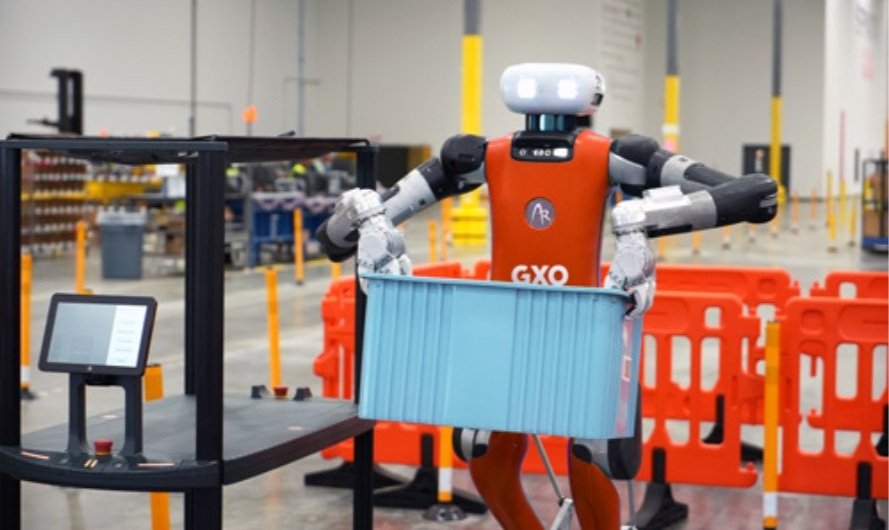Telstra International Unveils AI-Powered Autonomous Network Plan for 2030

Image Credit: Chris Anderson | Splash
Telstra International has announced plans to transform its infrastructure into a "highly autonomous network" by the end of the decade. This initiative aims to leverage artificial intelligence technologies and digital twins to enhance network performance and capacity.
[Read More: Unlocking $11 Million in Savings: The Power of Digital Twins in Business]
Enhancing Network Capacity and Performance
Central to this transformation is the augmentation of Telstra's subsea cable network, targeting support for over 800 Terabits per second (Tbps) of total lit capacity. By integrating AI technologies, the network will be capable of real-time performance monitoring and self-optimization. Roary Stasko, CEO of Telstra International, highlighted the anticipated traffic surge, stating,
"We expect to see traffic grow at a much faster rate, at least three times by 2030, with the development of AI which drives the need for more capacity and a network that covers vast areas of society".
[Read More: Revolutionizing AI Training: The Evolution of RoCE Networks for Distributed Scalability]
Strategic Partnerships and Technological Integration
To realize this vision, Telstra International is collaborating with industry leaders. Infinera and Ciena are providing advanced optical technologies to upgrade the network's capacity and flexibility. Additionally, legacy platforms are being replaced with network inventory and management systems from Blue Planet, facilitating a more streamlined and efficient infrastructure.
[Read More: Telstra and Accenture Forge $700 Million AI Partnership]
Digital Twins and Autonomous Network Management
A standout feature of this initiative is the creation of a digital twin of the network. This virtual replica will enable Telstra to monitor and simulate network operations in real-time, allowing for proactive management and rapid response to potential issues. Stasko elaborated on the benefits, stating,
"By 2030 we will have built a highly autonomous network able to detect underutilised routes and turn capacity up or down or respond to changes or detect vulnerabilities such as temperature levels and move traffic off those to avoid outages".
[Read More: Top 10 AI Terms of 2024: Key Innovations Shaping Artificial Intelligence]
Broader Industry Trends
Telstra's initiative aligns with a broader industry trend of integrating AI into telecommunications to enhance efficiency and customer experience. For instance, T-Mobile US is venturing into AI-powered connectivity through partnerships with companies like OpenAI and Nvidia, aiming to deploy a self-optimizing network and pioneering AI-RAN (Radio Access Network). This involves virtualizing network nodes into edge data centers to enhance user experiences amid rising data demands.
Similarly, MTN South Africa has entered into a strategic collaboration with China Telecom and Huawei to enhance their offerings in 5G, cloud, AI, and business solutions. This partnership aims to significantly boost digital infrastructure development across the African continent, leading to new business opportunities and technological advancements, including the Internet of Things (IoT).
[Read More: AI Explodes Data Growth, Tripling Since 2019: How to Balance Efficiency and Accuracy?]
Source: Time, Reuters, Capacity Media
We are your source for AI news and insights. Join us as we explore the future of AI and its impact on humanity, offering thoughtful analysis and fostering community dialogue.








